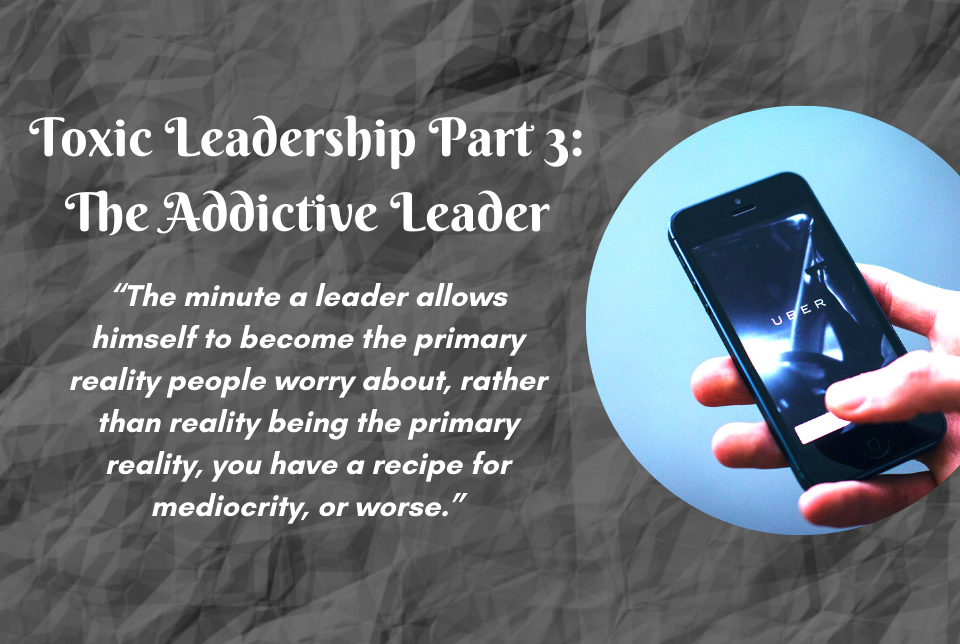Servant Leader Discipline #2: Develops People
The third in a seven-part series:
Servant leaders Develop People
Each person represents future potential not just present reality. Servant leaders are willing to let people grow and so provide multiple opportunities to do so. Leaders develop others by providing opportunities to learn while providing encouragement and affirmation believing that each person can develop to their full potential.
by Providing for Learning
Servant leaders are serious about empowering others to become both servants and leaders. They are more open to failure in others (and themselves) since they know that failure is often a pathway to success, learning and growth. The learning mindset of a servant leader leads them to different kinds of questions. Instead of who is at fault here? they ask what are we to learn from this? This changes the relational dynamic from one of self-protection to one of openness and authenticity. Think of how a child learns naturally. They are intensely curious always willing to try new things. But, think how quickly these children learn to fear mistakes and failure. Eventually they work harder to avoid failure than to seek success. Creativity is left on the wayside and primary effort is now expended to maintain an image of conformity while staying below the radar as much as possible.
Servant leaders encourage learning and risk taking to provide opportunities for their workers to grow.
by Modeling Appropriate Behavior
Servant leaders model the behavior they expect from others. Consider this example of leadership from Ulysses S. Grant, US President and general of the northern army during the Civil War. Prior to these high positions, Grant served as a regular army officer. He was “leading a group of men with the challenging but mundane task of clearing oyster beds and removing obstacles so that boats could navigate a river pass. Grant tried to lead the men through his words, but the message was not getting through. So, he jumped into the water up to his waist and began working side by side with his men. This created the direction and motivation he was seeking. While the other officers, high and dry on the shore made fun of Grant’s behavior, his commanding officer at the time, Zachary Taylor commented ‘I wish I had more officers like Grant who would stand ready to set a personal example when needed’ (Laub, 2017).
Servant leaders are not afraid to work alongside their followers to model the work and attitudes needed.
by Building People up Through Encouragement & Affirmation
When you believe in people, and tell them that you do, you create a virtuous cycle, “you believe in your constituents’ abilities; your favorable expectations cause you to be more positive in your actions; and those encouraging behaviors produce better results, reinforcing your belief that people can do it” (Kouzes & Posner, 2012, p. 279).
It all begins with the servant leader believing in their people and encouraging them with that fact. This simple act of faith by the leader creates a cycle that produces higher productivity, increased engagement with colleagues and more positive relationships with customers and clients. Servant leaders unleash this virtuous cycle every day when they interact with their followers to provide encouragement and affirmation both for who they are and what they do.
Yes, servant leaders develop people. They empower them to go beyond the basic expectations of the job to create personal satisfaction in their work through higher levels of individual and team productivity.
Over the next four articles in this series we will dig deeper into each of the remaining key disciplines of servant leadership to better understand how they work, how they are perceived and how they are critical for developing organizational health and performance. I welcome your thoughts and questions.
Your Fellow Servant,
Jim
__________________________________________________________________________
Laub, J.A. (2017). 40 days toward a servant leader mindset. Jupiter, Florida: Servant Leader Performance.
Laub, J.A. (2018) Leveraging the power of servant leadership: Building high performance organizations. Cham, Switzerland: Palgrave MacMillan.







